Microsoft Teams’ videoconferencing quality may sometimes come at the price of poor computer performance. It may sometimes be responsible for using high memory and CPU usage. In this guide, we will understand why Microsoft Teams can become a performance-hogging platform and also help you solve this problem on Windows 10.
Why does Teams use so much Memory and CPU power?
Here are some reasons for Teams to use so much memory and CPU power.
- Microsoft Teams is built on an Electron platform, which means it constantly loads a large number of libraries. Some users believe this is why Teams demands so much memory.
- Microsoft Teams uses the Chromium memory management model, which is part of Electron. Teams uses it for rendering the UI and text. Being an intensely graphical application, a lot of rendering is done, hence the high memory usage.
- Also, Teams sometimes encounters compatibility issues with other programs, triggering high CPU usage. On Windows 10, the Microsoft Teams Meeting Add-in for Office is responsible for this.
Fix Microsoft Teams high Memory and CPU usage
Here are a few suggestions that may help you resolve high memory and CPU usage issues for Microsoft Teams:
- Disable hardware acceleration in Teams
- Turn off Read Receipts
- Clear the Teams Cache
- Disable Outlook Add-In
- Adjust visual effects
- Close background programs
- Increase the Page file size
- Reinstall Microsoft Teams.
Let us look at these methods in more detail.
1] Disable hardware acceleration in Teams
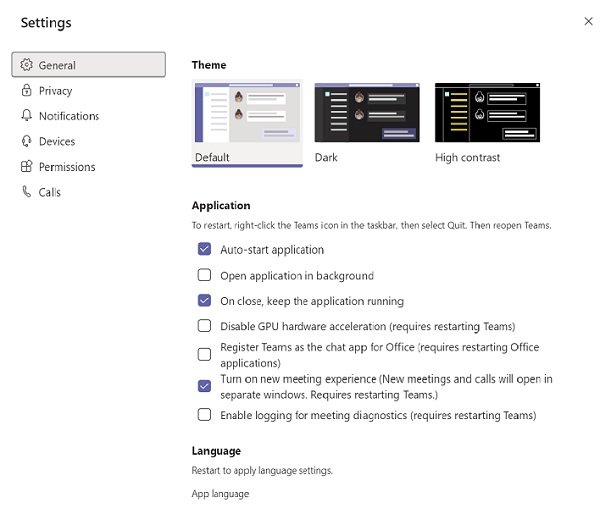
- Launch Microsoft Teams and open Settings.
- Click on the General
- Disable GPU hardware acceleration.
- Right-click on the Teams icon in the systems tray and close the program.
- Select Refresh by right-clicking on your desktop.
- Restart Teams and check for any improvements.
- In some cases, disabling Teams as a chat app for the office may also help. Hence, go back to the General tab in Settings and disable Register Teams as the chat app for Office.
2] Turning off Read Receipts
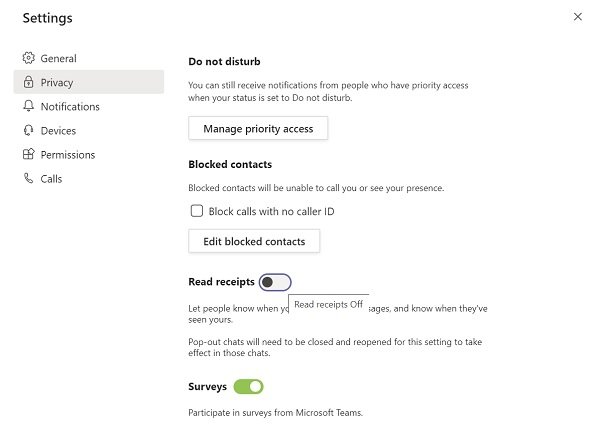
You can also reduce the high memory and CPU usage by disabling read receipts in Teams.
- Launch Teams and click on your profile photo.
- Go to Settings.
- Click on Privacy and disable Read receipts.
- Close Teams and relaunch it.
3] Clear the Teams Cache

Sometimes, Microsoft Teams may also randomly access files that are stored in the cache folder. To avoid the same, you can clear the Teams cache.
- Press Windows + R to open the Run window.
- Type %appdata% and press Enter.
- Go to C:\Users\UserName\AppData\Roaming\Microsoft\Teams.
- Delete only the files within the following folders: tmp folder, blob_storage, cache, GPUcache, databases, and local storage.
- In the IndexedDB folder, only delete the .db file.
- Close Microsoft Teams and then restart your computer.
Read: Microsoft Teams not opening or launching on PC
4] Disable Teams Add-In Outlook
- Start Outlook and select Options.
- Click on Add-ins.
- Uncheck Microsoft Teams Meeting Add-in for Microsoft Office.
- Save changes and restart Outlook so that it reflects the same.
5] Close background programs
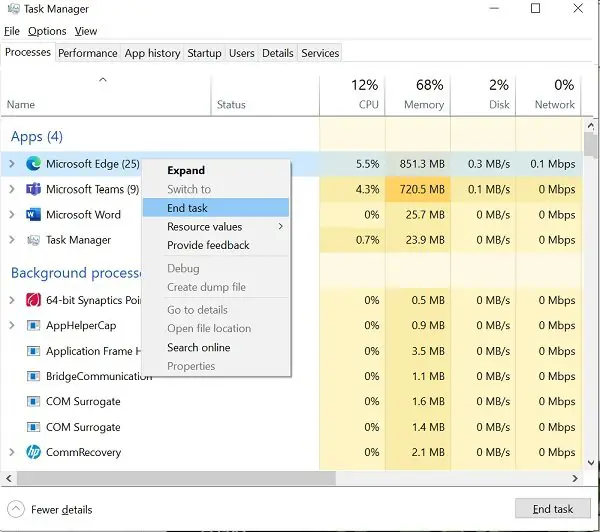
To preserve CPU power, you can close all programs running in the background. Hence, Microsoft Teams can go ahead and use as much CPU power, as it needs.
- Go to Task Manager and click on the Processes
- Right-click on the programs that you do not need. Choose the End task to close them.
6] Adjust visual effects
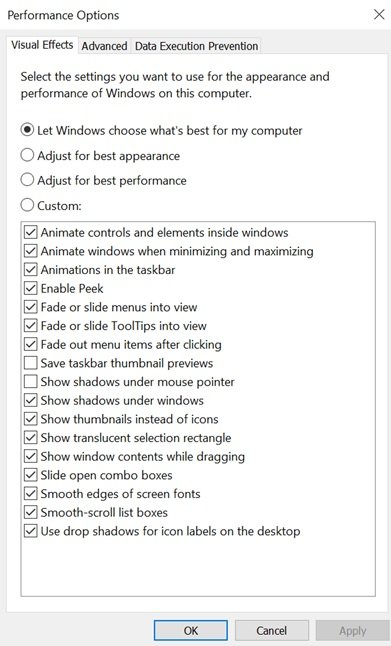
- Go to Start and search for “adjust performance” with the Windows Search bar.
- Click on Adjust the appearance and performance of Windows.
- Choose the Visual Effects
- Select the Adjust for the best performance option. It will disable video effects and animations.
- Restart your computer
7] Increase the Page file size
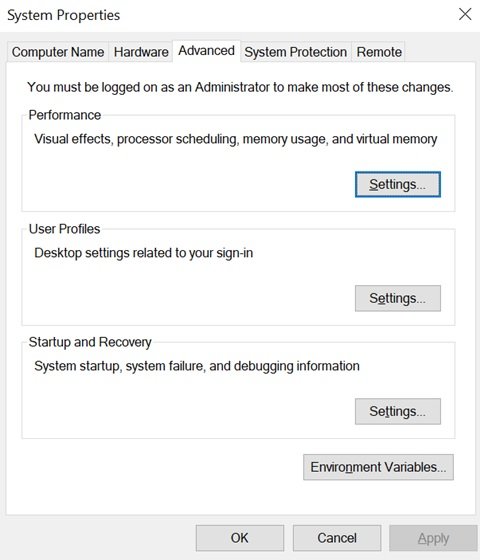
You can manually adjust the page file size value to improve CPU performance.
- Use the Windows Search bar to search for SystemPropertiesAdvanced.
- Click on Settings in the Performance
- Further, click again on the Advanced
- Under Virtual Memory, click on the Change button
- Uncheck the Automatically managing paging file size for all drives.
- Choose Custom Size and then manually set up the page file size you need.
- 16 GB is recommended.
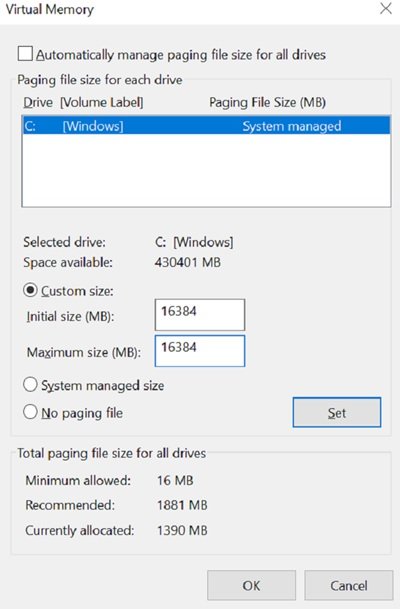
Save and apply changes. Relaunch Teams and see if it helps.
8] Uninstall and reinstall Microsoft Teams
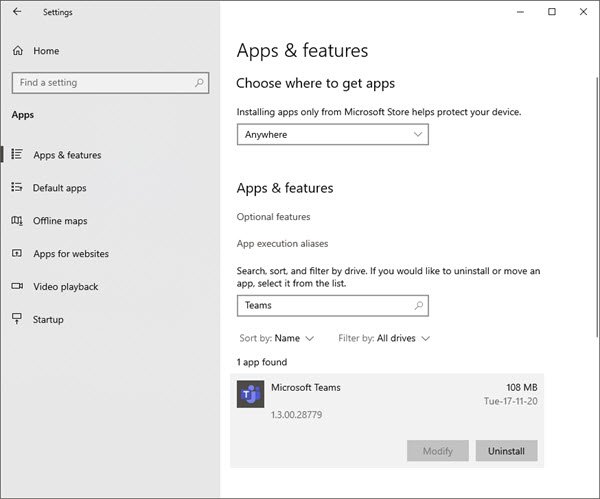
If nothing helps, you could completely uninstall Microsoft Teams and fresh install it and see.
We hope that these solutions help you in fixing the high memory and CPU usage for Microsoft Teams.
Please let us know if any of this helps you.
Related post: Microsoft Teams crashing or freezing during meetings.
How to clear Microsoft Teams memory?
To clear Microsoft Teams memory, go to Settings, click on “Storage,” and choose “Clear Cache” to remove temporary files. Opt for “Clear Data” to reset the app – this will erase all existing data and return it to its default state.